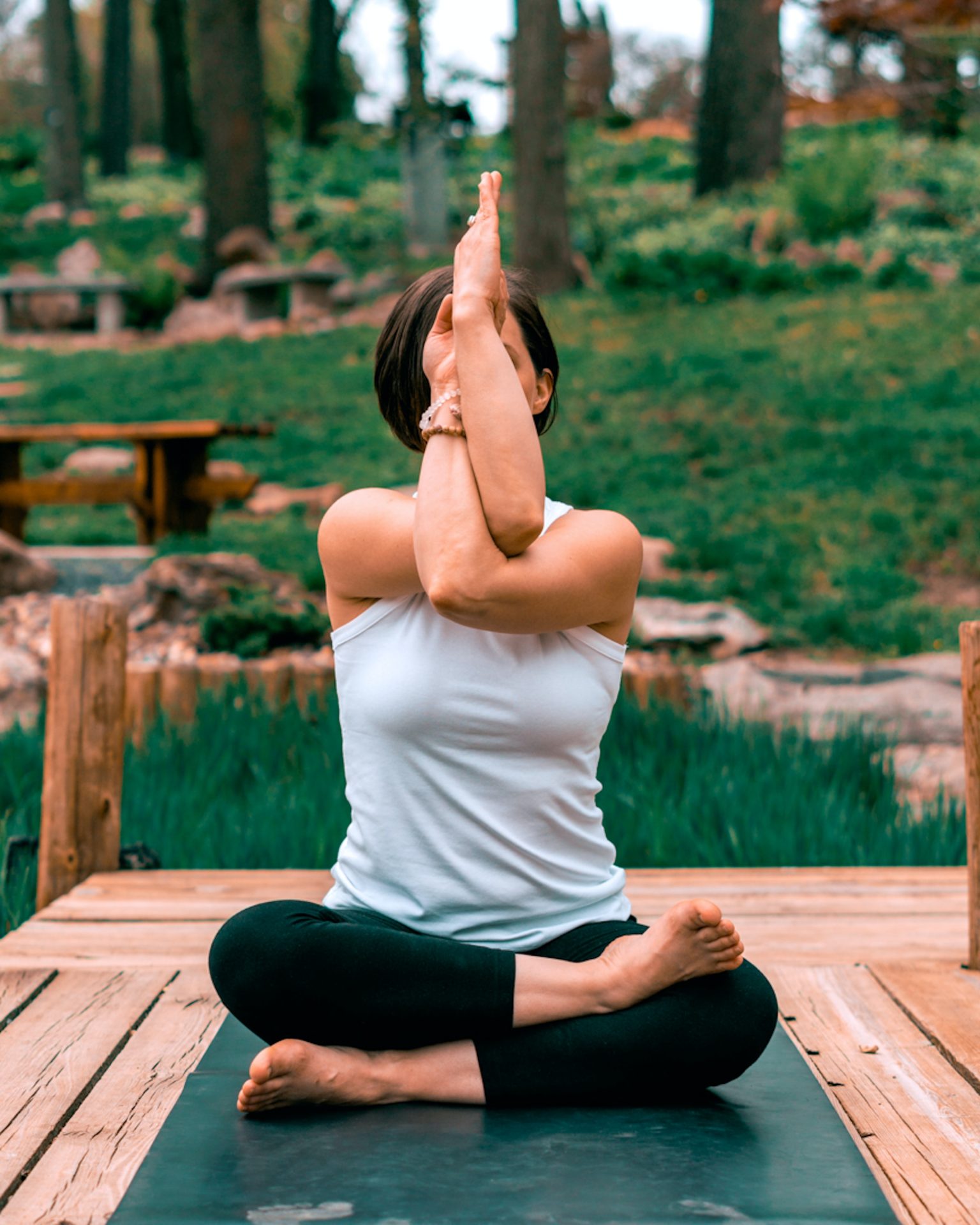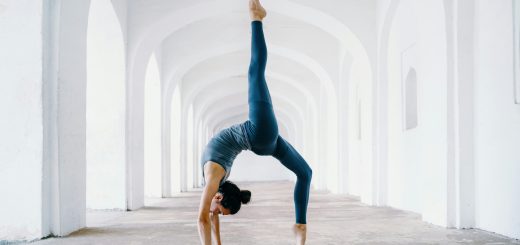Asana: Poses for Flexibility and Strength

Before diving in, please note: This post is for informational purposes only. If you’d like to know more about how we approach topics, feel free to check out our friendly Disclaimer Page.
Hey there, amazing readers! 🖐️ Just a quick note: yes, we know there are a lot of ads here. Trust us, we get it—it’s not the prettiest look, but they help us keep this blog alive and kicking. Those pesky little ads cover the costs of all the behind-the-scenes magic, from hosting and tech stuff to creating content we hope you’ll love.
We’re committed to delivering quality posts, and your support (even just sticking around despite the ads) means everything to us. So, bear with us, and thanks for helping us keep the good vibes rolling. Now, on to the fun stuff! 😉
TRANSLATE BUTTON AT THE END OF THE ARTICLE
Introduction to Asanas for Flexibility and Strength
Asanas, commonly known as yoga poses, are a fundamental aspect of the practice of yoga.
They encompass a wide range of physical postures that are designed to improve flexibility, strength, balance, and overall well-being.
When performed regularly, asanas can help individuals achieve a greater sense of harmony between mind, body, and spirit.
In the realm of yoga, flexibility and strength are two key components that go hand in hand.
Flexibility allows for a greater range of motion in the joints and muscles, while strength provides stability and support during movement.
By incorporating a variety of asanas into your practice, you can work towards improving both flexibility and strength simultaneously.
Whether you are a seasoned yogi or just starting on your yoga journey, incorporating asanas for flexibility and strength can have a transformative effect on your physical and mental health.
In this article, we will explore the benefits of practicing asanas regularly, as well as delve into some of the top poses for improving flexibility and building strength.
Benefits of Practicing Asanas Regularly
Regular practice of asanas offers a myriad of benefits for both the body and mind.
Some of the key advantages of incorporating yoga poses into your routine include:
Improved flexibility: Asanas help to lengthen and stretch the muscles, increasing flexibility and range of motion in the joints.
Increased strength: Holding asanas requires the engagement of various muscle groups, leading to improved strength and endurance.
Enhanced balance and coordination: Many yoga poses focus on balance and stability, helping to improve coordination and proprioception.
Stress relief: The mindful breathing and focus required during asana practice can help reduce stress and promote relaxation.
Better posture: Asanas help to strengthen the core and back muscles, leading to improved posture and alignment.
Mental clarity: The meditative aspect of yoga poses can help calm the mind, improve concentration, and enhance mental clarity.
By practicing asanas regularly, you can experience these benefits and more, leading to a healthier, more balanced lifestyle.
Top Asanas for Improving Flexibility
When it comes to improving flexibility through yoga poses, certain asanas are particularly effective.
Some of the top poses for enhancing flexibility include:
Forward Fold (Uttanasana): This standing pose stretches the hamstrings, calves, and lower back, promoting flexibility in the spine and legs.
Downward Dog (Adho Mukha Svanasana): This pose targets the shoulders, hamstrings, and calves, helping to lengthen and stretch the entire body.
Cobra Pose (Bhujangasana): By opening up the chest and stretching the abdominals, this pose improves flexibility in the spine and shoulders.
Pigeon Pose (Eka Pada Rajakapotasana): This hip-opening pose stretches the hip flexors and glutes, enhancing flexibility in the hips.
Seated Forward Bend (Paschimottanasana): This seated pose targets the hamstrings and lower back, increasing flexibility in the spine and legs.
Incorporating these asanas into your practice can help you achieve greater flexibility throughout your body.
Key Poses for Building Strength
In addition to flexibility, building strength is another important aspect of a well-rounded yoga practice.
Certain asanas are particularly effective for developing strength in different muscle groups.
Some key poses for building strength include:
Plank Pose: This pose strengthens the core, shoulders, and arms, helping to improve stability and endurance.
Warrior II Pose (Virabhadrasana II): By engaging the legs, core, and arms, this pose builds strength and stamina.
Boat Pose (Navasana): This core-strengthening pose targets the abdominal muscles, helping to improve core stability.
Chair Pose (Utkatasana): By engaging the quadriceps and glutes, this pose builds strength in the lower body.
Side Plank Pose (Vasisthasana): This pose strengthens the arms, shoulders, and core, improving balance and stability.
Incorporating these strength-building asanas into your practice can help you develop a strong and resilient body.
How to Safely Perform Asanas
While practicing asanas can be highly beneficial, it is essential to perform them safely to prevent injury and maximize the benefits.
Here are some tips for safely practicing yoga poses:
Start slowly: If you are new to yoga, begin with gentle poses and gradually work your way up to more advanced ones.
Listen to your body: Pay attention to how your body feels during each pose and avoid pushing yourself beyond your limits.
Use props: Props such as blocks, straps, and bolsters can help support your body and make poses more accessible.
Focus on alignment: Proper alignment is crucial for avoiding strain and injury, so pay attention to your body positioning in each pose.
Breathe mindfully: Focus on your breath during asana practice to help calm the mind, reduce stress, and stay present in the moment.
By following these safety tips and listening to your body, you can enjoy the many benefits of practicing yoga poses without risking injury.
Incorporating Asanas into Your Routine
To reap the full benefits of practicing asanas for flexibility and strength, it is important to incorporate them into your daily or weekly routine.
Here are some tips for integrating yoga poses into your schedule:
Set aside time: Carve out dedicated time each day or week for your yoga practice, even if it’s just for a few minutes.
Create a sacred space: Designate a quiet, peaceful area in your home where you can practice asanas without distractions.
Mix it up: Explore a variety of yoga poses to keep your practice interesting and challenging.
Practice mindfulness: Approach your yoga practice with mindfulness and intention, focusing on your breath and body awareness.
Stay consistent: Consistency is key when it comes to seeing progress in your flexibility and strength, so make an effort to practice regularly.
By making yoga poses a regular part of your routine, you can experience the transformative effects of asana practice on your physical and mental well-being.
Asanas for Specific Muscle Groups
Certain yoga poses are designed to target specific muscle groups, helping to strengthen and stretch those areas of the body.
Here are some asanas for specific muscle groups:
Quadriceps: Chair Pose (Utkatasana) and Warrior I Pose (Virabhadrasana I) are effective for strengthening the quadriceps.
Hamstrings: Downward Dog (Adho Mukha Svanasana) and Standing Forward Bend (Uttanasana) can help stretch and lengthen the hamstrings.
Glutes: Bridge Pose (Setu Bandhasana) and Pigeon Pose (Eka Pada Rajakapotasana) target the glutes for strength and flexibility.
Core: Plank Pose and Boat Pose are excellent for strengthening the core muscles.
Shoulders: Dolphin Pose (Ardha Pincha Mayurasana) and Eagle Pose (Garudasana) can help build strength and flexibility in the shoulders.
By incorporating these specific asanas into your practice, you can target and strengthen different muscle groups throughout your body.
Progressing in Your Asana Practice
As you continue to practice yoga poses for flexibility and strength, it is important to track your progress and set new goals to continue advancing in your practice.
Here are some tips for progressing in your asana practice:
Keep a yoga journal: Write down your daily or weekly practice, including the poses you are working on and how they feel in your body.
Set goals: Identify specific areas of improvement you would like to focus on, whether it’s increasing flexibility, building strength, or mastering a challenging pose.
Work with a teacher: Consider taking private lessons or attending workshops to receive personalized instruction and feedback on your practice.
Challenge yourself: Try new and more advanced poses to push yourself out of your comfort zone and continue growing in your practice.
Celebrate progress: Acknowledge and celebrate the milestones you achieve in your practice, whether it’s holding a pose for a few extra breaths or achieving greater flexibility.
By staying committed to your practice, setting goals, and tracking your progress, you can continue to evolve and grow in your journey towards greater flexibility and strength.
Common Mistakes to Avoid
When practicing yoga poses for flexibility and strength, it is important to be mindful of common mistakes that can hinder your progress and lead to injury.
Some common mistakes to avoid include:
Overstretching: Avoid pushing your body beyond its limits, as this can lead to strain and injury.
Poor alignment: Incorrect alignment in poses can put unnecessary stress on the joints and muscles, so focus on proper positioning.
Holding your breath: Remember to breathe deeply and mindfully during each pose to oxygenate your muscles and stay present.
Comparing yourself to others: Every body is unique, so avoid comparing your practice to others and focus on your own progress.
Skipping warm-up: Always warm up your body before diving into more advanced poses to prevent injury and prepare your muscles.
By being aware of these common mistakes and practicing with mindfulness and intention, you can avoid injury and make the most of your yoga practice.
Asanas for Enhancing Balance
Balance is a crucial aspect of yoga practice, as it requires stability, strength, and focus.
Certain asanas are specifically designed to enhance balance and coordination.
Some poses for improving balance include:
Tree Pose (Vrksasana): This standing pose challenges balance and strengthens the legs, while also improving focus and concentration.
Warrior III Pose (Virabhadrasana III): By engaging the core and focusing on alignment, this pose helps improve balance and stability.
Half Moon Pose (Ardha Chandrasana): This pose strengthens the legs and core, while also challenging balance and proprioception.
Eagle Pose (Garudasana): By wrapping the arms and legs together, this pose requires balance, strength, and concentration.
Dancer Pose (Natarajasana): This backbend pose challenges balance and flexibility, while also opening up the chest and shoulders.
Incorporating these balance-enhancing poses into your practice can help you develop greater stability, focus, and coordination.
Asanas for Relaxation and Stress Relief
In addition to improving flexibility and strength, yoga poses can also be powerful tools for relaxation and stress relief.
Certain asanas are specifically designed to promote a sense of calm and tranquility.
Some poses for relaxation and stress relief include:
Child’s Pose (Balasana): This resting pose stretches the back, hips, and thighs, while also promoting a sense of comfort and relaxation.
Legs Up the Wall Pose (Viparita Karani): By elevating the legs, this pose helps reduce stress and fatigue, while also improving circulation.
Corpse Pose (Savasana): This final relaxation pose allows for complete rest and rejuvenation, promoting deep relaxation and mental clarity.
Cat-Cow Pose (Marjaryasana-Bitilasana): This gentle flowing sequence helps release tension in the spine, while also promoting relaxation and mindfulness.
Pigeon Pose (Eka Pada Rajakapotasana): This hip-opening pose can release emotional stress and tension stored in the hips, promoting overall relaxation.
Incorporating these relaxation-focused poses into your practice can help you unwind, reduce stress, and find peace and tranquility in your daily life.
Conclusion: Embracing the Power of Asanas
In conclusion, asanas are powerful tools for enhancing flexibility, strength, balance, relaxation, and overall well-being.
By incorporating a variety of yoga poses into your practice, you can experience a range of physical and mental benefits that can transform your life.
Whether you are seeking to improve flexibility, build strength, enhance balance, or reduce stress, there is an asana for every goal and intention.
As you navigate the complexities of the yoga world, remember that asanas are not merely physical postures, but a gateway to a deeper connection with yourself and the world around you.
By embracing the power of yoga poses, you can unlock the secrets of your body, mind, and spirit, leading to greater harmony, health, and happiness.
So roll out your mat, take a deep breath, and step onto the path of asanas for a journey of self-discovery and transformation.

The Enlightenment Journey is a remarkable collection of writings authored by a distinguished group of experts in the fields of spirituality, new age, and esoteric knowledge.
This anthology features a diverse assembly of well-experienced authors who bring their profound insights and credible perspectives to the forefront.
Each contributor possesses a wealth of knowledge and wisdom, making them authorities in their respective domains.
Together, they offer readers a transformative journey into the realms of spiritual growth, self-discovery, and esoteric enlightenment.
The Enlightenment Journey is a testament to the collective expertise of these luminaries, providing readers with a rich tapestry of ideas and information to illuminate their spiritual path.
Our Diverse Expertise 🌟
While our primary focus is on spirituality and esotericism, we are equally passionate about exploring a wide range of other topics and niches 🌍📚. Our experienced team is dedicated to delivering high-quality, informative content across various subjects ✨.
To ensure we provide the most accurate and valuable insights, we collaborate with trusted experts in their respective domains 🧑🏫👩🏫. This allows us to offer well-rounded perspectives and knowledge to our readers.
Our blog originally focused on spirituality and metaphysics, but we’ve since expanded to cover a wide range of niches. Don’t worry—we continue to publish a lot of articles on spirituality! Frequently visit our blog to explore our diverse content and stay tuned for more insightful reads.






